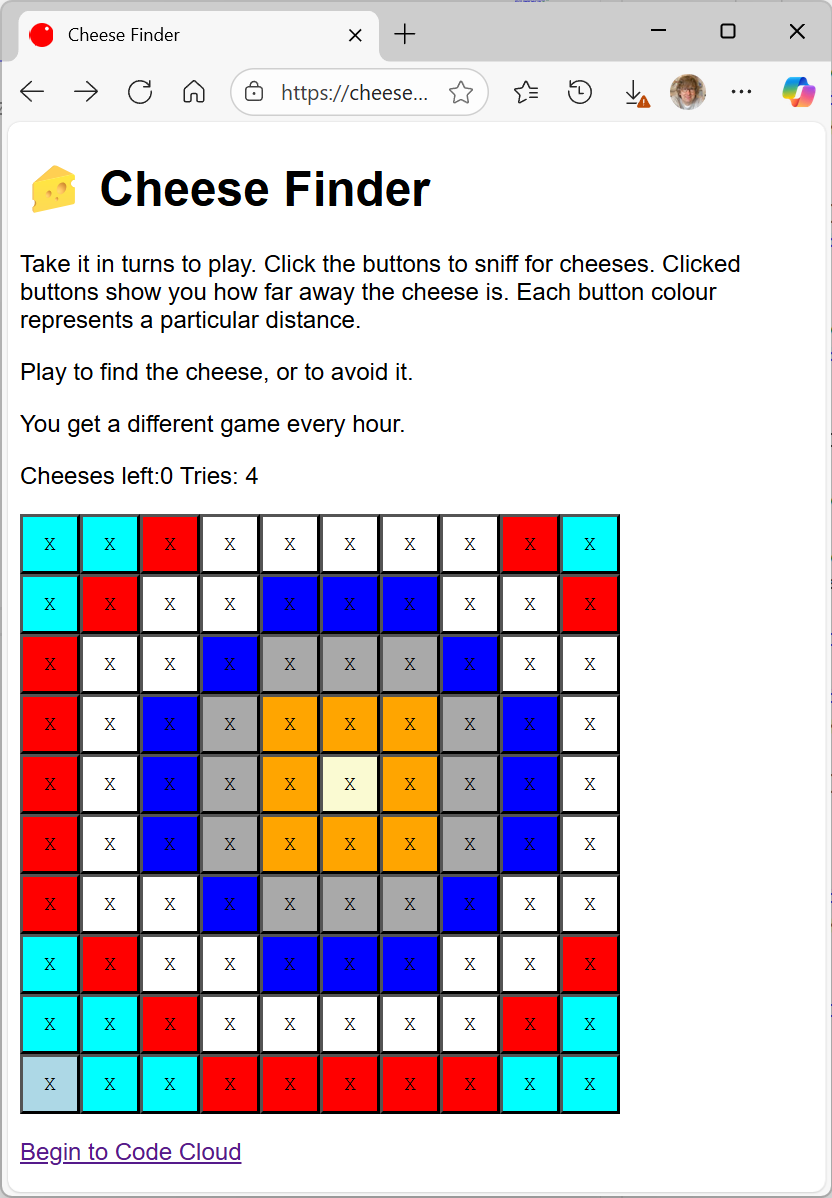Making stuff by yourself is all very well, but I find that projects really catch fire (in a good way) when you get other people involved. I’ve been working on Connected Little Boxes for ages and I think it is now almost useful. You can make little devices that can send messages to each other and you can control from the web. There’s a web interface you can use to manage your devices and create control pages for them. It’s all underpinned by MQTT (Message Queue Transport Protocol).
Ross took a look and he reckoned it would be nice to be able to just hit a url and send an arbitrary message over MQTT to a device. So I’ve added it. If you take a look the device edit page above you will see that the cosylight device has a Device URL. If perform a GET from that url with a query string which contains a “text” value the contents of the value are sent over MQTT to the box.
There is no validation or security, so I wouldn’t use it to control my front door. But if you want something very lightweight it provides a neat way of sending commands. If a device is being abused you either disable direct commands or change the url to a contain a different GUID.
If you want to have a go with Connected Little Boxes get in touch and I’ll set you up with a username and a password on the portal.






















